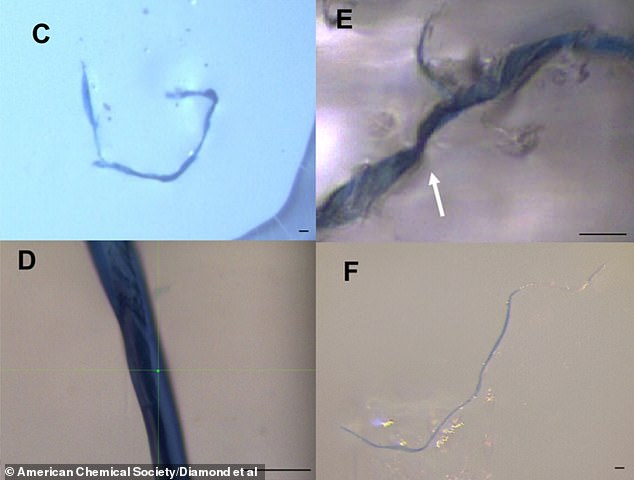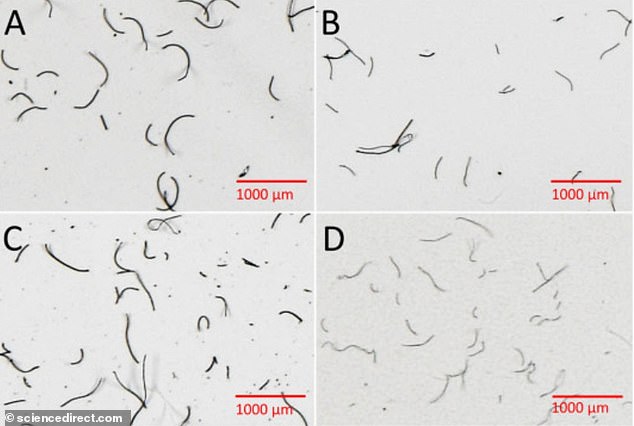Pollution: Polyester fibres make up almost three quarters of microplastics in the Arctic ocean
Three quarters of the microplastic pollution in the Arctic ocean is made up of polyester fibres from clothing and other textiles, a study has found. Canadian experts sampled seawater from 71 locations, finding that synthetic fibres more broadly make up types 92 per cent of microplastic pollution in the Arctic. Furthermore, sea water in the Arctic … Read more




